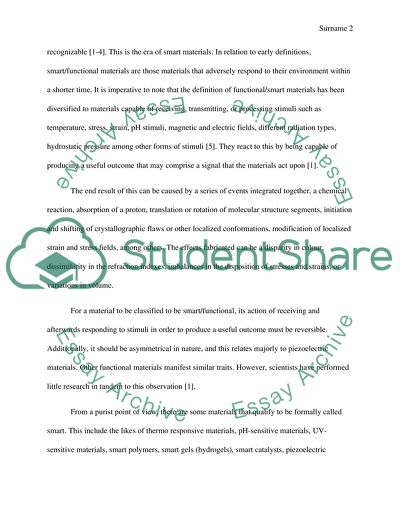Cite this document
(Smart Materials Focus on Piezoelectric Materials Term Paper Example | Topics and Well Written Essays - 2000 words, n.d.)
Smart Materials Focus on Piezoelectric Materials Term Paper Example | Topics and Well Written Essays - 2000 words. https://studentshare.org/engineering-and-construction/1852935-smart-material
Smart Materials Focus on Piezoelectric Materials Term Paper Example | Topics and Well Written Essays - 2000 words. https://studentshare.org/engineering-and-construction/1852935-smart-material
(Smart Materials Focus on Piezoelectric Materials Term Paper Example | Topics and Well Written Essays - 2000 Words)
Smart Materials Focus on Piezoelectric Materials Term Paper Example | Topics and Well Written Essays - 2000 Words. https://studentshare.org/engineering-and-construction/1852935-smart-material.
Smart Materials Focus on Piezoelectric Materials Term Paper Example | Topics and Well Written Essays - 2000 Words. https://studentshare.org/engineering-and-construction/1852935-smart-material.
“Smart Materials Focus on Piezoelectric Materials Term Paper Example | Topics and Well Written Essays - 2000 Words”. https://studentshare.org/engineering-and-construction/1852935-smart-material.


